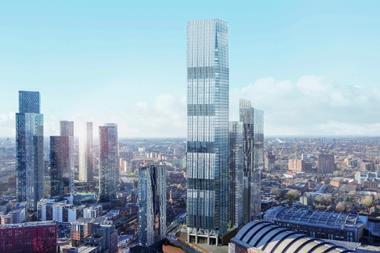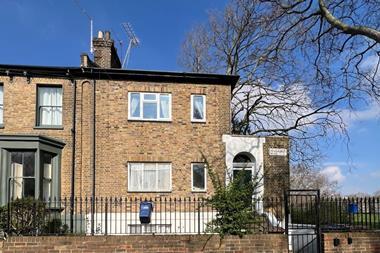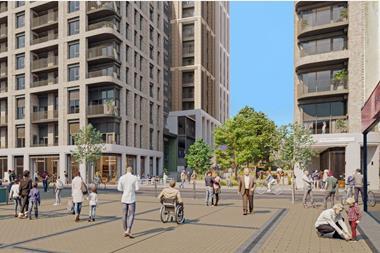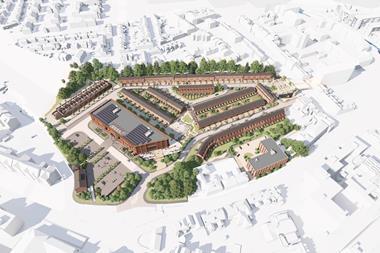London faces an affordable housing crisis: a fact that is well known, is historic and has remained unaffected by countless different housing and planning policies, grant regimes and badly-thought-through schemes.

This has been exemplified by the row that broke out between government and City Hall over why just three affordable homes had been developed in London between April and June 2023. However, while urgent change is needed to allow for more development and to meet the commitments laid out in the mayor of London’s Affordable Housing Programme, there are problems alongside a lack of available stock.
While the prohibitive cost of land and the centralisation of our economy around London are huge factors here, it may surprise people to know that even when there is affordable housing available, it’s almost impossible for low-paid workers to access it.
The affordable housing system, with its confusing terminology, unclear application processes and hidden minimum income requirements, is excluding the very people that it was designed to support – those on ordinary incomes. As well as focusing on increasing development, the housing sector needs to streamline the different types of affordable housing, simplify who is eligible and clarify routes of access for prospective tenants.
While it is fantastic to see schemes such as Inside Housing’s Build Social campaign looking to meet the needs of the thousands of UK households currently without stable housing, we also need to be focusing efforts on helping young people working full time on low wages in London.
Recent research from Rightmove has shown that London reached an average monthly rent of £2,500 in the first three months of 2023. Such skyrocketing figures are leaving many Londoners who make up the unique and vibrant communities at the heart of our capital unable to afford quality and secure housing.
In the three and a half decades after the end of the Second World War, local authorities and housing associations built 4.4 million social homes at an average of more than 126,000 a year. Housing policy in the 1980s saw these sold through the Right to Buy and funding for new homes decimated. The sector has been calling for more council housing since that time, but it also needs to acknowledge that there are people who wouldn’t think of themselves as eligible for social housing who need secure, stable and truly affordable housing in our capital.
As it stands, many people are often unclear about what affordable housing is and unaware of who is eligible for certain schemes. This leaves too many of those with the right to affordable housing struggling to put a secure roof over their heads.
For instance, the multitude of names used to advertise affordable housing creates serious uncertainty. The terms ‘intermediate housing‘, ‘London Living Wage housing’, ‘submarket housing’ or even ‘social’ or ‘council housing’ are used incorrectly by all but those within the profession and this makes it hard for households to determine and access the options available to them. Clear, consistent terminology could streamline the process and guarantee that those in need are aware of the secure, good-quality and affordable housing available to them.
Potential tenants can also be left confused by the complexities of affordable housing’s application systems and may even be surprised to learn that as well as earning too much, households can also earn too little to qualify for schemes.
Several affordable housing schemes’ minimum rent requirements only start at £30,000 (and can rise much higher) despite the most recent Office for National Statistics data revealing that the median household income of the UK is £30,500. These often-hidden minimum rent requirements are a barrier to affordable housing for those who would benefit the most.
Housing associations play a pivotal role in shaping access to affordable housing and so our sector must work to ensure that those households navigating the affordability gap can access affordable housing schemes.
Clarifying misconceptions around eligibility and streamlining the many different types of affordable housing could help those who would otherwise be deterred from pursuing affordable options to understand the opportunities available to them.
The Local Authority Direct Provision of Housing in England Desk Survey Report for 2023 reveals that in 2023, 76% of local authorities have affordable housing as a council priority. This is something to celebrate, but it’s no silver bullet. We urgently need an accessible and streamlined affordable housing sector that provides high-quality properties for the demographic that will be our capital’s future.
Barbara Brownlee is chief executive of Soho Housing Association





























No comments yet